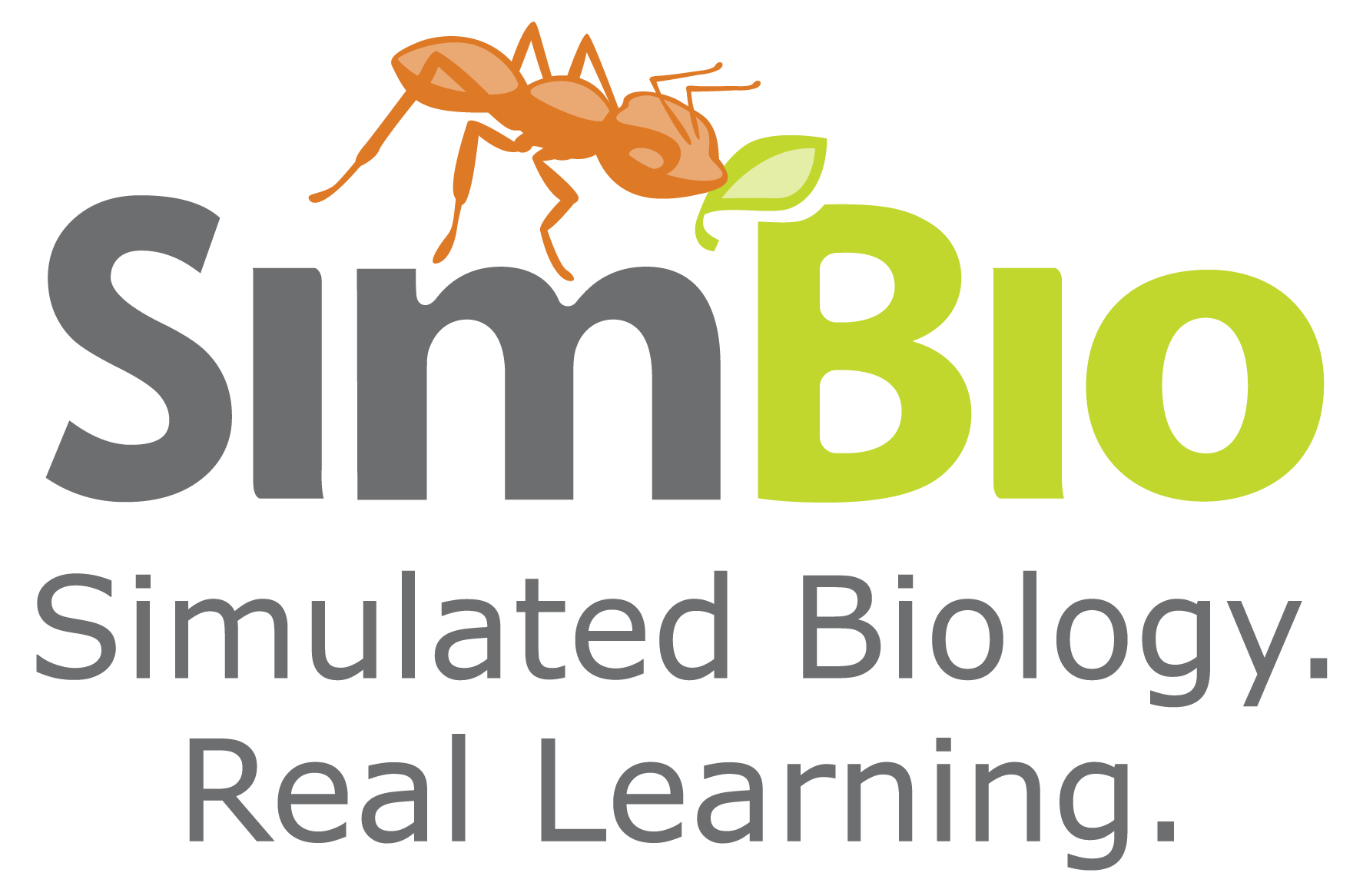Mosquito Invasion! A Lotka-Volterra Competition Case Study
Author(s): Jessica Coyle
Saint Mary's College of California
1515 total view(s), 945 download(s)
Mosquito Invasion Case Study.pptx(PPTX | 833 KB)
Mosquito Invasion.pdf(PDF | 82 KB)
Figures.zip(ZIP | 528 KB)
Teaching Notes.pdf(PDF | 127 KB)
- License terms
Description
Learning Objectives: Students will be able to…
-
Understand the meaning of the parameters in a Lotka-Volterra competition model.
-
Draw phase-plane isoclines from Lotka-Volterra competition model parameters and predict the eventual outcome of competition between two species.
-
Modify Lotka-Volterra model parameters to alter the outcome of competition between two species and relate these modifications to real-world actions.
This case study explores competition between two mosquito species in Florida: the invasive Asian Tiger mosquito (Aedes albopictus) and the native Eastern Treehole mosquito (Aedes triseriatus). Students use experimentally determined competition coefficients and carrying capacities to predict the outcome of competition between the two species in different environments using Lotka-Volterra model phase plane isoclines. The activity ends with a hypothetical application to controlling a new invasion of mosquitoes in California.
This interrupted case study was designed to be led by an instructor in a lecture-format classroom with questions periodically posed to the students. During this activity students practice interpreting Lotka-Volterra competition coefficients, plotting model isoclines and applying model results to predict the outcome of competition. Students can be directed to work through questions alone or together and can respond to questions on the worksheet provided or through a classroom polling device. The activity is provided as a Microsoft Powerpoint file with sections that correspond to each learning objective. Instructions for leading the case study are in the notes that accompany each slide. Depending on which sections are used, the activity can be completed in 30 - 60 minutes.
This case study was originally developed in an upper-division introductory ecology course with 16 students. It was utilized during a 90 minute lecture on interspecific competition to reinforce concepts that students already learned by completing the SimBio SimUText chapter on competition. However, the activity is meant to be adapted for any live classroom setting in which students have the relevant background knowledge. It assumes that students are familiar with the Lotka-Volterra competition model, its parameters and the interpretation of isoclines.
The powerpoint file included with this activity contains:
-
Instructor information (slide 2)
-
Feedback forms that can be used as a pre- and post-activity assessment (slides 3 and 4)
-
A worksheet for students to follow along in the activity (print slides 5 and 6 double-sided)
-
Slides to present the activity (slides 7 - 33)
Original data and figures are adapted from:
Livdahl, T.P. and M.S. Willey. 1991. Prospects for an invasion: competition between Aedes albopictus and native Aedes triseriatus. Science 253: 189-191.
Figures used in the powerpoint are provided as separate files in a zipped folder.
Materials Included
Mosquito Invasion slides.pptx A powerpoint file with slides for the activity and teaching notes embedded in the slides.
Figures.zip A folder containing svg vector images of the original art created for this activity along with png versions of them.
Teaching Notes.pdf A document describing how this activity was used in the classroom.
Cite this work
Researchers should cite this work as follows:
- Coyle, J. (2019). Mosquito Invasion! A Lotka-Volterra Competition Case Study. SimBio FMN (2019), QUBES Educational Resources. doi:10.25334/TDNG-5F74
